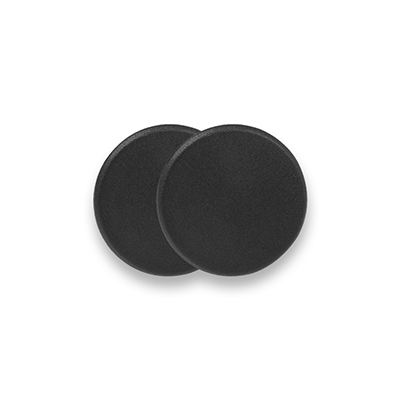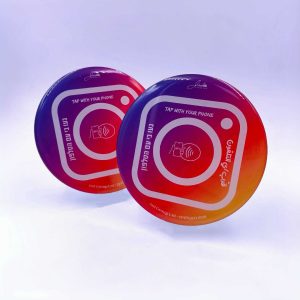In the realm of Near Field Communication (NFC) technology, the choice of NFC chips plays a pivotal role in determining the performance and capabilities of various applications. This article aims to provide an in-depth analysis and comparison between two prominent NFC chips: the ICODE SLIX2 and the NTAG203.
Understanding ICODE SLIX2 and NTAG203
ICODE SLIX2: A Versatile NFC Solution
The ICODE SLIX2, a part of NXP’s ICODE family, stands out for its versatility and comprehensive feature set, making it an ideal choice for a wide range of NFC applications.
NTAG203: Optimized for Efficiency
Conversely, the NTAG203 is optimized for efficiency, offering reliable NFC connectivity and seamless performance across various applications.
Memory and Features Comparison
ICODE SLIX2:
- Total Memory: 256 bytes
- User Memory: 224 bytes
- Max URL Length: 2,032 characters
- UID Length: 8 bytes
- Data Retention: 10 years
- Write Endurance: 100,000 cycles
NTAG203:
- Total Memory: 168 bytes
- User Memory: 137 bytes
- Max URL Length: 132 characters
- UID Length: 7 bytes
- Data Retention: 10 years
- Write Endurance: 100,000 cycles
Technical Specifications
ICODE SLIX2:
- Chip Thickness: 120 μm
- NFC Forum Type: 5
- Operating Frequency: 13.56 MHz
- Data Transmission Rate: 106 kbit/s
- Input Capacitance: 23.5 pF
- Standard: ISO/IEC 15693
NTAG203:
- Chip Thickness: 100 μm
- NFC Forum Type: 2
- Operating Frequency: 13.56 MHz
- Data Transmission Rate: 106 kbit/s
- Input Capacitance: 50 pF
- Standard: ISO/IEC 14443 A
Use Cases and Applications
ICODE SLIX2:
- Inventory Management
- Access Control
- Asset Tracking
- Smart Packaging
- Loyalty Programs
- Event Ticketing
NTAG203:
- Smart Posters
- Product Authentication
- Electronic Shelf Labels
- NFC Marketing
- Brand Protection
- Consumer Engagement
Conclusion: Choosing the Right NFC Chip
Both the ICODE SLIX2 and NTAG203 NFC chips offer unique advantages and cater to different application requirements. The ICODE SLIX2 is preferred for its versatility and extensive feature set, making it suitable for a wide array of NFC applications. Conversely, the NTAG203 is renowned for its efficiency and reliability, excelling in applications that demand seamless NFC connectivity.
When selecting between the two NFC chips, it is crucial to consider factors such as memory capacity, technical specifications, and specific application needs. By understanding the distinctive capabilities of each NFC chip, businesses and developers can make informed decisions to optimize their NFC-enabled solutions for enhanced performance and functionality.
















